
Each year, 3 million children die from undernutrition.
There are more than 165 million children under the age of five suffering from stunted growth, a marker for malnutrition.
In the media, malnourished children are often portrayed as being skinny with protruding stomachs. Yet, a protruding stomach is not the only marker for undernutrition. In fact, undernutrition comes in many different shapes and sizes. Stunted height, especially before the age of five, is a marker “of multiple deprivations regarding food intake, care and play, clean water, good sanitation and health care,” according to The Guardian.
Children that face undernutrition in the first 1,000 days after conception are unable to fully, properly develop. Brain-synapse development and the development of the immune system are especially vulnerable and incorrect development of these major parts of the body can have long-lasting and serious effects on a person. Further, undernutrition leads to the deaths of 1 in 3 children and 1 in 5 mothers in developing countries.
The European Commission has recently launched a new effort that will hope to decrease the number of stunted children by 7 million by addressing malnutrition by the year 2025. This will be done through the provision of funds from donors – and from the EU humanitarian and development budgets – as well as by making this a global movement. Everyone must get involved to combat malnutrition, which is usually the result of impoverished situations that make it hard to access food, healthcare, clean water and sanitation, and education.
– Angela Hooks
Sources: New Europe, The Guardian
Photo: UN
 In 2005, the World Trade Organization (WTO) launched its
In 2005, the World Trade Organization (WTO) launched its 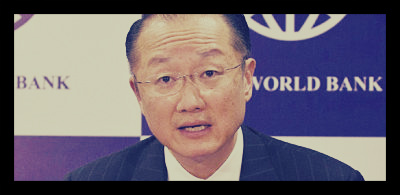 This week, President of the World Bank Jim Yong Kim said that the World Bank will dedicate more resources to ending poverty in India’s most destitute regions as part of an initiative to end poverty worldwide within a generation.
This week, President of the World Bank Jim Yong Kim said that the World Bank will dedicate more resources to ending poverty in India’s most destitute regions as part of an initiative to end poverty worldwide within a generation.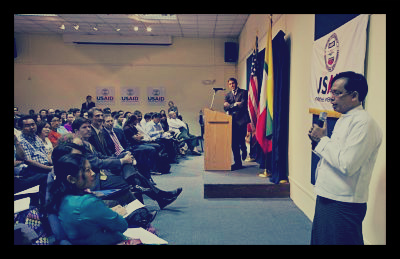
 In a recent report, the World Health Organization (WHO) has deemed non-communicable diseases as the number one killer throughout the world. Non-communicable diseases (NCDs), such as diabetes, cardiovascular disease, cancer, and chronic respiratory disease, have over an 80 percent occurrence rate in low-income countries and poverty-stricken regions, specifically.
In a recent report, the World Health Organization (WHO) has deemed non-communicable diseases as the number one killer throughout the world. Non-communicable diseases (NCDs), such as diabetes, cardiovascular disease, cancer, and chronic respiratory disease, have over an 80 percent occurrence rate in low-income countries and poverty-stricken regions, specifically.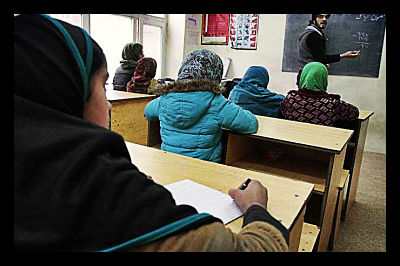 Recently, there have been divided fuss over the withdrawal of American troops from
Recently, there have been divided fuss over the withdrawal of American troops from 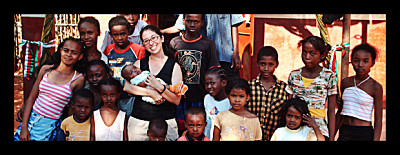 In 1961, John F. Kennedy created the Peace Corps to “promote world peace and friendship.” Whether the Peace Corps stands more for a political strategy or for genuine friendship and goodwill, it has three main basic goals: helping countries meet their needs of trained men and women, providing and promoting a better understanding of Americans abroad (establishing a positive image), and helping Americans understand others.
In 1961, John F. Kennedy created the Peace Corps to “promote world peace and friendship.” Whether the Peace Corps stands more for a political strategy or for genuine friendship and goodwill, it has three main basic goals: helping countries meet their needs of trained men and women, providing and promoting a better understanding of Americans abroad (establishing a positive image), and helping Americans understand others. Nigerian top officials have pledged to make Nigeria the region’s – or more ambitiously, Africa’s – leading business center. The progress that Nigeria has made in recent years is hard to miss and it is harming the poor. Last week, former President Bill Clinton traveled to Nigeria to help unveil the Eko Atlantic City, reclaimed land that, a recent New York Times article says, has been built up into a “Dubai-style shopping and housing development built out into the Atlantic Ocean.” Nigeria reclaiming this land means big things for its economy and will provide a lot of job opportunities for local community members. Clinton even praised the Eko Atlantic City project for being a destination hotspot for global investment.
Nigerian top officials have pledged to make Nigeria the region’s – or more ambitiously, Africa’s – leading business center. The progress that Nigeria has made in recent years is hard to miss and it is harming the poor. Last week, former President Bill Clinton traveled to Nigeria to help unveil the Eko Atlantic City, reclaimed land that, a recent New York Times article says, has been built up into a “Dubai-style shopping and housing development built out into the Atlantic Ocean.” Nigeria reclaiming this land means big things for its economy and will provide a lot of job opportunities for local community members. Clinton even praised the Eko Atlantic City project for being a destination hotspot for global investment.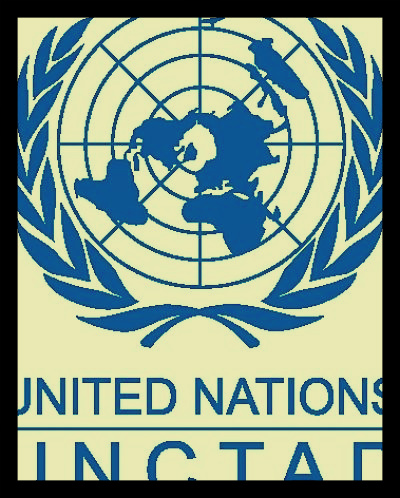
 In the past, Africa has been a notoriously troubled continent. While some African countries are plagued by political turmoil, some are plagued by poverty, while others are just plagued by
In the past, Africa has been a notoriously troubled continent. While some African countries are plagued by political turmoil, some are plagued by poverty, while others are just plagued by 